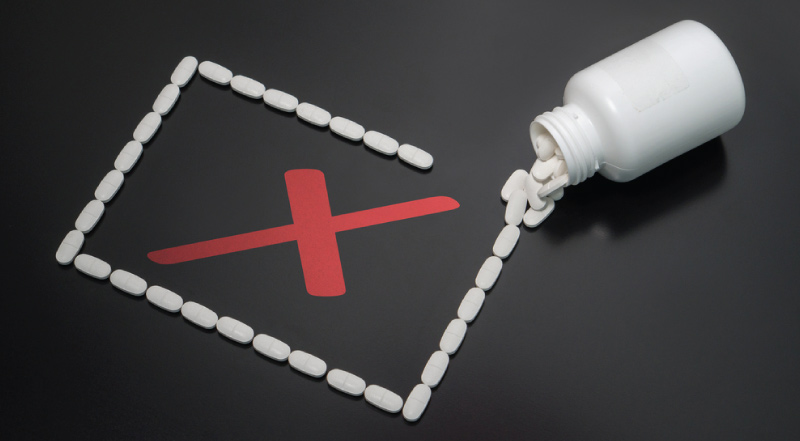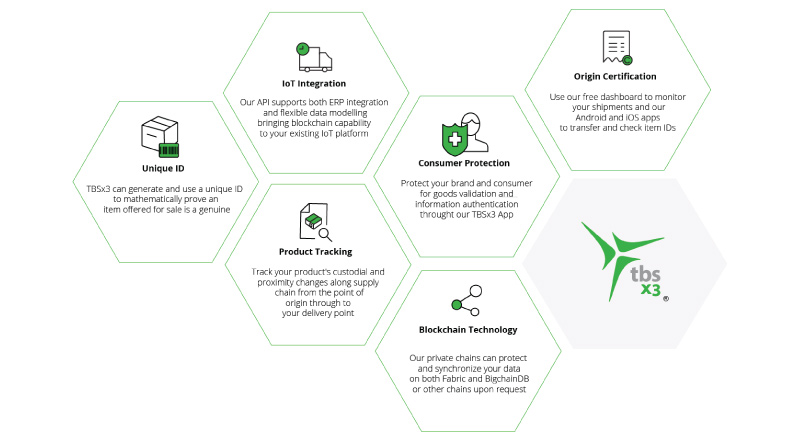
Pre-register now
Get notified once StepChain is available
and benefit from 1,000 STEP points
and benefit from 1,000 STEP points

.jpg)
The combination of blockchain and the Internet of things (IoT) has proved to have the ability to protect and fight against counterfeiters due to the end-to-end supply chain traceability and visibility that it provides. Fake products are a global problem and are estimated to have cost $461 billion back in 2013 in comparison with $17.9 trillion of the imports of the whole world.
The OECD (Organization for Economic Co-operation and Development) accounted for nearly half a trillion dollars every year of faker imports and goods, which make up to 2.5% of global imports. Most of the money gained by counterfeiters are used to organize crimes.
Fraud is existent in various categories of imports including medications and food and is estimated with huge losses. The reason why counterfeiters produce fake products is that they can increase the value of a certain product, or produce it at a lower cost and sell it at its normal price making a lot of money.
However, one of the solutions that are being used to fight fake products, is blockchain. Blockchain is currently used in an Australian tech startup to ensure the authentications, traceability, and provenance in the supply chain. TBSx3 (to-be-sure-times-three) is a blockchain-based logistics system that helps in tracing and avoiding dangerous or fake products from getting to the end-costumers.
The TBSx3 system’s effectiveness is being tested with some shipments. One of the shipments includes a container of wine bottles coming from the Australian region of Coonawarra to Qingdao in China.

The challenges being faced
It is hard to scale wine counterfeiting in China however, there is some evidence we can talk about. In March 2018, the police caught around 50 thousand fake bottles of top-shelf wine, in what is considered one of the biggest tows of counterfeit liquor so far. It was estimated that 30% of the alcohol in the country is counterfeit while 70% is fake.
An important challenge of counterfeit protection is guaranteeing traceability in the supply chain of products. The increase in global supply chains made it difficult to track goods. Currently, a complex number of players are involved in the supply chain, and each of them is operating their own system. For this reason, coordination could become harder, and brand owners are not able to have a clear view of their operations.
The protection from counterfeit is usually made of 4 elements: the product itself, the packaging, the label, and the cover used to open and close the product. Naturally, fingerprints that are resulting from the chemical structures of its ingredients and then compared with test samples, were used to identify the origin of a product.

The solutions
The use of TBSx3’s strategy in this use case was efficient at two levels:
1. It had the ability to deliver visibility in the end-to-end supply chain amongst every partner involved, counting the consumers and the retailers.
2. The possibility to track and serialize every traded item meaning that a unique QR code was given for each bottle.
2 Comments
EVEREST MOSS
GUILLERMO MANNING